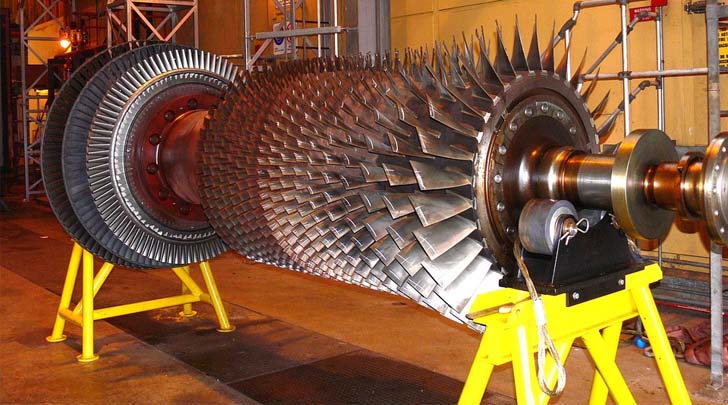The refurbishing process for industrial gas turbine components is a crucial aspect of maintaining and optimizing the performance of these machines. Gas turbines are widely used in various industries, including power generation, oil and gas, and aviation, to produce electricity or drive mechanical equipment. Over time, the components of gas turbines can experience wear and tear, which can lead to reduced efficiency and increased maintenance costs. Refurbishment allows these components to be restored to their original condition, ensuring optimal performance and extending their lifespan.
The Refurbishing Process
The refurbishing process for industrial gas turbine components typically involves several steps, each designed to restore the component to its original condition. These steps may vary depending on the specific component and its condition, but the general process includes the following:
1. Inspection: The first step in the refurbishing process is a thorough inspection of the component. This involves visually inspecting the component for any signs of damage or wear, as well as conducting non-destructive testing to detect any internal flaws or defects.
2. Cleaning: Once the component has been inspected, it is thoroughly cleaned to remove any dirt, debris, or contaminants. This is typically done using a combination of chemical cleaning agents, high-pressure water or steam, and specialized cleaning equipment.
3. Repair and Replacement: If any damage or wear is identified during the inspection, repairs or replacements may be necessary. This can involve welding, machining, or other techniques to restore the component to its original dimensions and specifications. Any worn or damaged parts may also be replaced with new or refurbished parts.
4. Coating and Finishing: After repairs and replacements have been made, the component may undergo a coating process to protect it from corrosion, wear, or other environmental factors. This can involve applying protective coatings such as thermal barrier coatings or anti-corrosion coatings, as well as finishing processes such as polishing or grinding.
5. Testing and Quality Assurance: Once the refurbishing process is complete, the component is thoroughly tested to ensure that it meets all required specifications and performance standards. This can include performance testing, dimensional inspections, and other quality control measures. Only after passing these tests is the component deemed ready for use.
The Benefits of Refurbishing Industrial Gas Turbine Components
Refurbishing industrial gas turbine components offers several benefits to operators and industries:
1. Cost savings: Refurbishing industrial gas turbine components can significantly reduce costs compared to purchasing new ones. This is especially beneficial for operators and industries looking to minimize expenses and maximize their return on investment.
2. Improved efficiency: Refurbished industrial gas turbine components are often upgraded with the latest technology and improvements, resulting in improved turbine efficiency. This can lead to lower fuel consumption, reduced emissions, and increased power output.
3. Extended lifespan: By refurbishing components, their lifespan can be extended, allowing operators to continue using them for a longer period. This can help to avoid the need for frequent replacements and reduce downtime.
4. Faster turnaround time: Refurbishing components can be a quicker process compared to manufacturing new ones. This means that operators can get their turbines back up and running faster, minimizing production interruptions and maximizing uptime.
5. Sustainability: Refurbishing components promotes sustainability by reducing waste and conserving resources. By reusing and upgrading existing components, less energy and materials are consumed compared to manufacturing new ones.
6. Customization: Refurbishing allows for customization based on the specific needs of the operator or industry. Components can be tailored to meet specific performance requirements, ensuring optimal turbine operation.
7. Quality assurance: Reputable refurbishment companies adhere to strict quality control processes, ensuring that refurbished components meet or exceed industry standards. This provides operators with confidence in the reliability and performance of their turbine components.
Conclusion
The refurbishing process for industrial gas turbine components plays a crucial role in maintaining their optimal performance and extending their lifespan. By addressing wear, damage, and degradation, refurbishment can improve efficiency, reliability, and cost-effectiveness. Operators and industries can benefit from reduced maintenance costs, improved operational efficiency, and enhanced environmental sustainability. Understanding the refurbishing process and its importance allows for informed decision-making and effective maintenance strategies for gas turbine systems.

